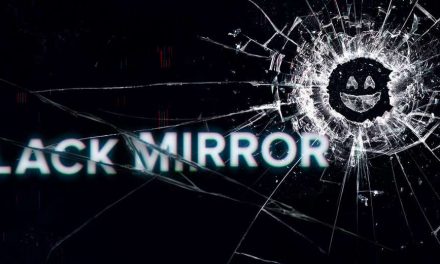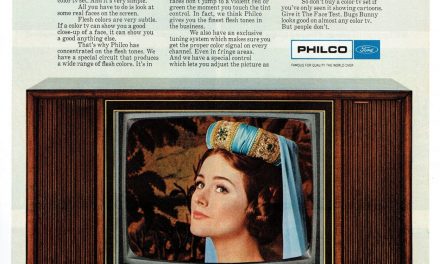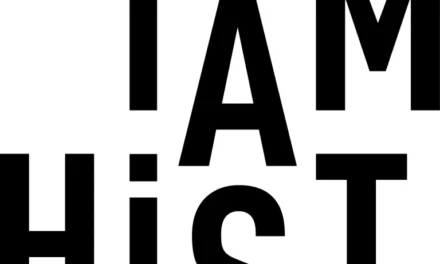Online conference organized by Justine Breton (Université de Reims Champagne-Ardenne, CRIMEL), Claire Cornillon (Université de Nîmes, RIRRA 21) and Florent Favard (Université de Lorraine, Crem).
As a short-form comedy that draws on situational humor without being a sitcom, a fantasy series that hijacks the codes of science fiction to raise a number of philosophical and ethical questions, The Good Place is an original item within the panorama of television serial productions. With its four seasons, broadcast on NBC from 2016 to 2020, the series is nevertheless, at first glance, part of a tradition of optimistic comedies, linked to workplaces and the management of everyday life: it was created by Michael Schur, one of the writers of the American version of The Office (2005-2013) and co-creator of Parks and Recreation (2009-2015) and Brooklyn Nine-Nine (2013-2021). It shares with these programs a tone and a narrative built on group dynamics and character-driven comedy.
Yet The Good Place sets itself apart from previous successes by moving into a fantasy setting, where the protagonists learn of their death from the very first episode, and constantly rub shoulders with divine beings, demons and anthropomorphic databases (AKA Janets), good or evil, who are neither angels nor robots – but share some of their characteristics. Anchored in an afterlife setting, the series necessarily shifts the focus away from everyday issues, and in particular away from questions of linear time; characters and settings are repeatedly “rebooted” in a dynamic reminiscent of Eureka (2006-2012), questioning their identity as well as their memory of past events. As a result, the more expected socio-political issues are replaced here by an ethical reflection that forms the leitmotiv of the series: what does it mean to be a good person, and how do we apply this to everyday life? Under the guise of light comedy, The Good Place addresses philosophical questions and even teachings, embodied primarily by the character of Chidi Anagonye, a philosophy professor, but also exemplified at various levels by all the protagonists in a journey that could be described as initiatory. The context of life after death thus finds a concrete resonance with the viewer’s everyday life, prompting them to wonder about their own actions and the world around them.
The Good Place demonstrates, if proof were needed, that so-called serious themes are not the prerogative of dramatic programs, that the comedic format has plenty of scope for interrogating tragic issues, and that a mass-market series can even transpose in-depth university teaching in a playful way – in this case, by describing and illustrating the great founding currents of both classical and contemporary philosophy and ethics. Furthermore, the very concept of The Good Place is based on a specific use of the possibilities of audiovisual serial storytelling to bring ethical issues to the fore. With episodes generally devoted to a lesson in ethics, the series operates by regularly resetting partial elements over the course of the seasons to develop composite characters that feed on both the parts (the different incarnations of the protagonists) and the whole (our memory of all the “versions” of the characters), aided in this by recurring motifs and materializing the most abstract concepts. The result is a sophisticated narrative that is as much about meaning as it is about storytelling.
The aim of this online conference is to examine the various facets of this series which, despite only 52 short-format episodes and a short broadcasting period, relies on an impressive narrative, thematic, media and philosophical richness. Proposals may address, but are not limited to, the following topics:
- The representation of Good and Evil, the representation of life after death ;
- The representation of everyday life (personal and professional) in a fantasy environment;
- The teaching of philosophy, morality and ethics;
- Character comedy and its evolution;
- The comedy format and its relationship to the sitcom;
- The association of American codes with a universal interpretation;
- Narrative construction and questions of seriality;
- Memory (of the audience, of the characters);
- The aesthetics of The Good Place.
Proposals, approximately 2,500 characters in length (approx.. 300-400 words), are due by December 18th, 2023, and should be sent jointly to the organizers at the following addresses: justine.breton@univ-reims.fr; claire.cornillon@unimes.fr and favard.florent@gmail.com.
Scientific committee
- Justine Breton, Université de Reims Champagne-Ardenne
- Pablo Cabeza-Macuso, Université Paul Valéry-Montpellier 3
- Hugo Clémot, Université Gustave Eiffel
- Claire Cornillon, Université de Nîmes
- Florent Favard, Université de Lorraine
- Sarah Hatchuel, Université Paul Valéry-Montpellier 3
- Shannon Wells-Lassagne, Université de Bourgogne
Indicative bibliography
Bartsch Anne, « Emotional Gratification in Entertainment Experience. Why Viewers of Movies and Television Series Find it Rewarding to Experience Emotions », Media Psychology, vol.15, n° 3, p. 267-302, DOI : https://doi.org/10.1080/15213269.2012.693811
Claessens Nathalie et Dhoest Alexander, « Comedy Taste : Highbrow/Lowbrow Comedy and Cultural Capital », Participations, vol. 7, n° 1, mai 2010, p. 49-72.
Clémot Hugo, Serial Philosophie : Le paradoxe des séries TV, Tours, Presses universitaires François-Rabelais, 2022.
Engels Kimberly S. (dir.), The Good Place and Philosophy, Hoboken, John Wiley and Sons, 2021.
Giannini, Erin, The Good Place, Detroit, Wayne State University Press, 2022.
Mills Brett, « Comedy verite : contemporary sitcom form », Screen, vol. 45, n° 1, 2004, p. 63-78.
Neale Stephen et Krutnik Frank, Popular Film and Television Comedy, Londres/New-York, Routledge, 1990.
Russel James M., The Forking Trolley, An Ethical Journey to The Good Place, London, Palazzo, 2019.
Sinnerbrink, Robert, Cinematic Ethics: Exploring Ethical Experience through Film, London, Routledge, 2016.
Zipes Jack, « Why Fantasy Matters Too Much », The Journal of Aesthetic Education, vol. 43, n° 2, 2009, p. 77-91. https://jstor.org/stable/40263786






